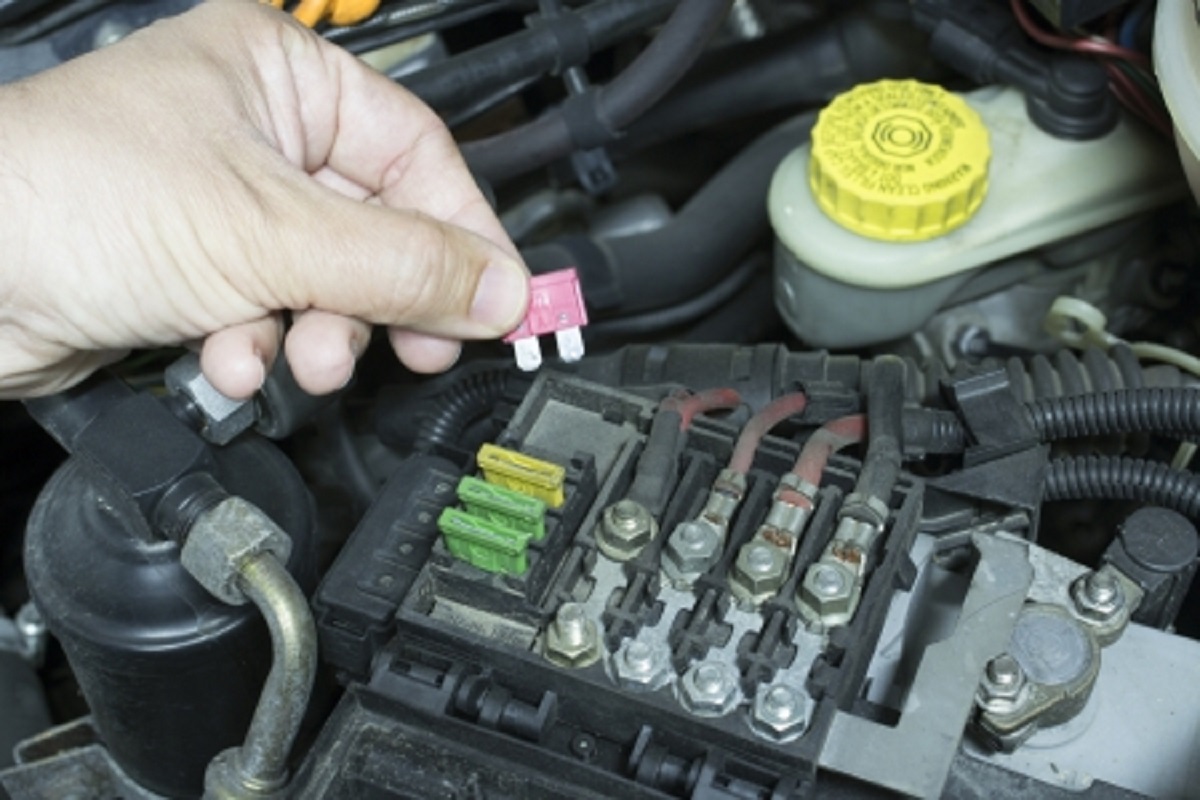When it comes to a vehicle’s fuses, it can be frustrating whenever one blows. This is how fuses are designed—in that a circuit with too much electricity moving through it causes the fuse to blow to prevent damage or even a fire—but that doesn’t stop it from being a hindrance. Luckily, fuses are both easy to replace yourself and inexpensive, requiring only a few steps before the task is done. Drivers can even store extra fuses inside the fuse panel for their vehicle or their glove compartment the next time this happens. Follow the guide below and get a full understanding of how to change a fuse.
Find Fuse Panel
To begin, check the vehicle’s owner’s manual to see where you can find the fuse panel. While this can certainly vary, most car models place their fuse panel in the engine compartment or under the steering wheel on the left side of the dashboard—other spots include the glove box or in the front dash doorjambs. With the vehicle turned off, remove the cover for the panel, which should have different colored, plugged-in fuses. The colors and the numbers stamped onto the fuses designate different amp ratings. If you turn the panel cover over, there should be a fuse diagram, showing which fuse runs which electrical element.
Remove Blown Fuse
First, you must, before changing anything, identify the faulty fuse, which should have a broken filament (thin metal strip) inside or be blackened inside. There are vehicles with special “pullers” for removing fuses, but a pair of tweezers should be fine. You can use your fingers, but be sure to cautiously remove and then replace your fuses until the blown fuse is found. If no fuse is blown or one blows again soon after being replaced, the car’s electrical problems will likely require a mechanic’s touch.
Replace Fuse
Change out the dead fuse with one that has the correct amperage, which your manual, diagram, and the fuses themselves can help determine. An incorrect amperage could lead to worse damage than a simple blown fuse. Place the new fuse with the correct amperage into the right slot, pushing it down to make sure it’s fully installed before resetting the panel cover.
Check Circuit
With the fuse replaced and the fuse panel covered, turn the car’s ignition to see whether the disturbed circuit is properly working. If it is, there was like a temporary electricity overload, which caused the blown fuse, meaning the issue has been addressed. If the circuit still isn’t working, however, or it only works briefly before needing to get replaced again, the vehicle’s electrical issues involve more than a simple blown fuse, and it likely needs a trip to the mechanic.
Think you or someone you know is in need of Behind the Wheel Training? Training Wheels is an Ocean City driving school specializing in teaching new teen drivers how to stay safe on the road. For more information on our lessons, please click here.
Copyright: enruta / 123RF Stock Photo

